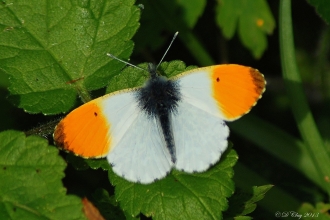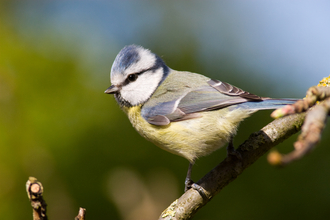Milkwort at Gang Mine, Kieron Huston

Red tailed bumblebee, Jon Hawkins, Surrey Hills Photography

Great crested newt, The Wildlife Trusts
Buttercups, Kieron Huston
Location
Know before you go
Dogs
When to visit
Opening times
Open at all timesBest time to visit
Early summer for the wild flowers - follow the wild flower trailAbout the reserve
This reserve is part of an ancient lead mining area.
The name Gang Mine comes from the word 'gangue', meaning waste, for the waste minerals which were dumped around the shafts. The lead spoil heaps are of little agricultural use, and only a small number of plants are able to tolerate the high concentration of minerals.
Among the species that thrive here are the nationally rare spring sandwort, and alpine pennycress. Both are locally known as leadwort. The lead spoil grades into other open areas. In some, lichens dominate the ground cover, while in others colonising species such as kidney vetch and thyme dominate. These open areas provide ideal conditions for ground-hunting invertebrates such as wolf spiders and ground beetles.
Away from the lead spoil heaps the habitat is mostly unimproved neutral grassland with a variety of flowers such as yarrow, mouse-ear hawkweed and bush vetch and occasional pyramidal orchid. The dew pond, a traditional drinking place for livestock, has been restored and adds an interesting feature to the reserve, providing permanent water, a valuable habitat for amphibians including the rare great crested newt.
Metal-rich grasslands such as Gang Mine are uncommon across Europe and because of this the area has been designated not only as a Site of Special Scientific Interest but also under European Law as a Special Area of Conservation.
Species
Habitat
Contact us
Environmental designation
Take a look at the latest sightings

Sightings Blog - 2022 Blog #7
Your wildlife sightings in early April 2022
Sightings Blog - 2022 Blog #6
Your wildlife sightings in Derbyshire in late March 2022

Sightings Blog - 2022 Blog #5
Your wildlife sightings in Derbyshire in early March 2022
Sightings Blog - 2022 Blog #3
Your wildlife sightings in Derbyshire in Derbyshire in Late January & Early February
Sightings Blog - 2022 Blog #4
Your wildlife sightings in Derbyshire in Mid and Late February 2022

Sightings Blog - 2022 Blog #2
Your wildlife sightings in Derbyshire in Mid January 2022
Nearby nature reserves
Download our nature reserve leaflets
Check out the reserve map
Gang Mine Nature Reserve map
Play Wild rating
Play Wild all year round but beware of mine shafts.


